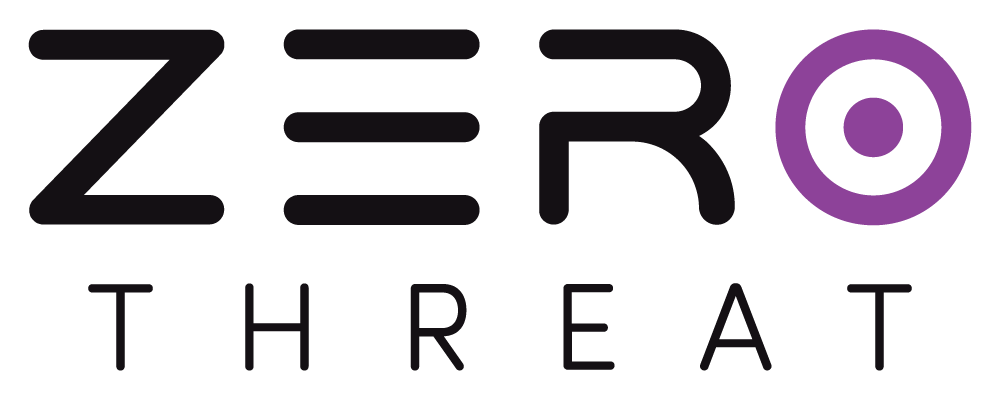Best Practices
Best Practices for Using ZeroThreat
ZeroThreat is a powerful Dynamic Application Security Testing (DAST) tool that helps organizations identify vulnerabilities and manage security risks in their web applications. By adopting best practices, teams can significantly enhance their application's security posture, reduce potential attack vectors, and streamline their vulnerability management processes. There is a gap between getting a security tool and deriving value from it especially for DAST. Here are some practises to use ZeroThreat to its maximum.
1. Conduct Scans in Non-Production Environments Only
While ZeroThreat scans runtime applications, scans should take place in testing or staging environments only. This approach avoids production environments from potential disruption or downtime due to the amount of requests sent. Moreover, ZeroThreat performs active testing by sending payloads and modifying data, this can create garbage or unwanted entries in production databases. Additionally, ZeroThreat may perform destructive operations in some scenarios, such as user deletion thus avoid using production environments.
Ensure your scanning environment closely resembles production setup, including a database that can easily roll back in case unwanted entries are created during testing.
2. Run Authenticated Scan
Most applications have areas only accessible after login. Many critical vulnerabilities are often hiding behind these authenticated sections. For better coverage and more thorough scanning use ZeroThreat AI Chrome Recorder Extension to perform authenticated scans. Authenticated scans significantly increase scan coverage and deliver more thorough results.
ZeroThreat supports form-based login, MFA-based applications, OTP, CAPTCHA, SSO-based applications.
3. Utilize Realistic and Representative Test Data
Use realistic test datasets to simulate actual application behavior to ensure scan accuracy and effectiveness. Missing or limited test data might restrict certain functionalities which could result in less coverage and leaving some functionalities untested.
4. Integrate DAST into CI/CD
Integrating ZeroThreat early into your Software Development Life Cycle (SDLC), ideally during development and testing stages, enhances your application's security while significantly reducing remediation costs. SDLC integration meaning running automated scans in CI/CD pipelines (triggered by commits). this early integration helps developers address issues before deployment, fostering a DevSecOps culture of proactive security.
5. Adopt a Phased and Incremental Approach
Scanning a large enterprise application can be overwhelming, Start with scanning your business-critical and at-risk applications first. Gradually refine and expand the scope of scans to include other applications as your team gains proficiency. This helps improve overall accuracy and presents a systematic approach to security.
6. Exclude or Disable Disruptive Features During Scanning
Consider identifying and temporarily disabling features that could cause disruptions, such as sending emails, triggering payment processes, opening support tickets, or making costly API calls during automated scans. This ensures that scanning activities do not trigger unintended or disruptive operations.
7. Use Scheduled Scans
Automate scanning with scheduled scans for regular and periodic scanning of your target application. Scheduled scans align well with deployment schedules, ensuring that security testing occurs after each release. It also allows teams to perform scans during non-peak hours, reducing the impact on regular operations.
Create a Scan schedule that serves best for your development needs. (Example: Automate Scheduled Scan every week at Saturday 2am)
8. Thoroughly Analyze and Assess Scan Results
Beyond the Main Web Application vulnerabilities, you should also evaluate other vulnerabilities identified by ZeroThreat, including:
- Open Ports
- Outdated Packages and Dependencies
- Mail Configuration Issues
- SSL/TLS Configuration Weaknesses
- Cloud Misconfigurations
- Sensitive Data and Secrets Exposure
These sections often overlooked can contain serious security flaws. Paying attention to them can significantly strengthen your security posture.
9. Remediate and Retest Identified Vulnerabilities
After a patch or fix has been implemented by the development team, use ZeroThreat's re-testing functionality to confirm successful fixes either for all vulnerabilities at once or retest for specific findings only. This ensures that issues are properly resolved and prevents the recurrence of previously addressed vulnerabilities.
Conclusion
Effectively utilizing ZeroThreat involves practices around environment setup, authenticated scanning, realistic data usage, CI/CD integration, incremental scanning approaches, disabling disruptive functionalities, regular automated scheduling, thorough analysis, and prompt remediation and retesting. Adopting these best practices ensures maximum value from ZeroThreat, significantly enhancing your application's security posture.
